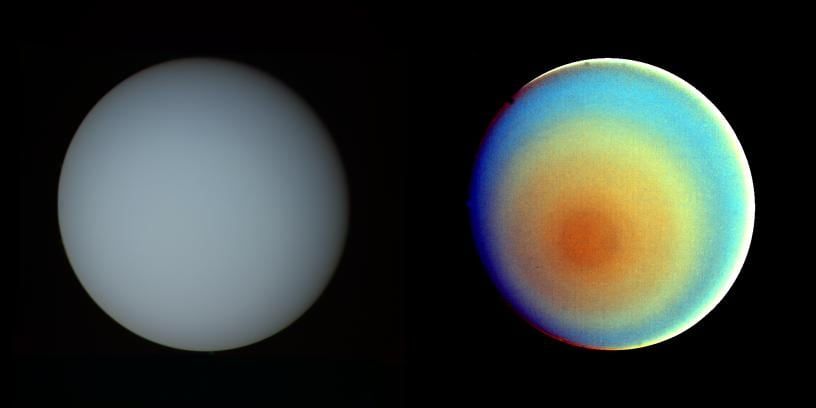
(c) NASA
Exciting times at NASA where plans to send a probe to Uranus or Neptune to study the gases that surround these neighbouring planets in our solar system have been announced.
NASA wants to learn about the constituency of these icy giants somewhat neglected by science, so far from our sun, that solar power for any probe would be useless. The Uranus or Neptune probe would need a nuclear battery – in short supply due to treaties about plutonium enrichment.
NASA hope the Uranus mission will launch before 2034, after which the alignment of the planets make the mission much harder as it would be using Jupiter’s gravity as a pull.
In other planet news, NASA announced the discovery of ten new rocky planets, which like ours are in the “Goldilocks zone” – not too near or too far from a sun to possibly contain liquid water and the ingredients of life.
The planets are among 219 new planets discovered by the Kepler Space Telescope, which has now identified a total of 4,034 possible planets.
The findings were presented at a news conference Monday at NASA’s Ames Research Center in California’s Silicon Valley.
“The Kepler data set is unique, as it is the only one containing a population of these near Earth-analogs – planets with roughly the same size and orbit as Earth,” said Mario Perez, Kepler program scientist in the Astrophysics Division of NASA’s Science Mission Directorate. “Understanding their frequency in the galaxy will help inform the design of future NASA missions to directly image another Earth.”